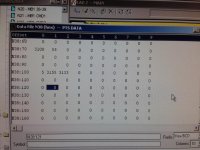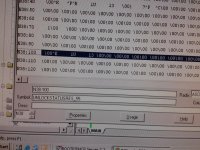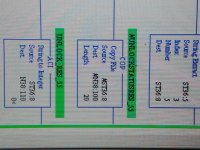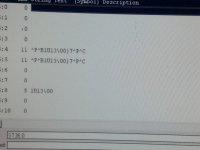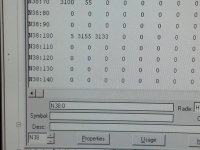mohamed_idris
Member
Please Help On Allen Bradley PLC SLC500
I'm receiving Ascii string data values from a serial devices and put the value into a string file; How can I transfer these Ascii value to integer file (N) for manipulation
<DLE><STX>1A1L000015000505IÁ<DLE><ETX>
My Ascii Data is: 1A1L000015000505
I have tried to use string to integer instruction (ACI) does not give out the result.
Hex value: 10023141314C30303030313530303035303549C11003
I'm receiving Ascii string data values from a serial devices and put the value into a string file; How can I transfer these Ascii value to integer file (N) for manipulation
<DLE><STX>1A1L000015000505IÁ<DLE><ETX>
My Ascii Data is: 1A1L000015000505
I have tried to use string to integer instruction (ACI) does not give out the result.
Hex value: 10023141314C30303030313530303035303549C11003




